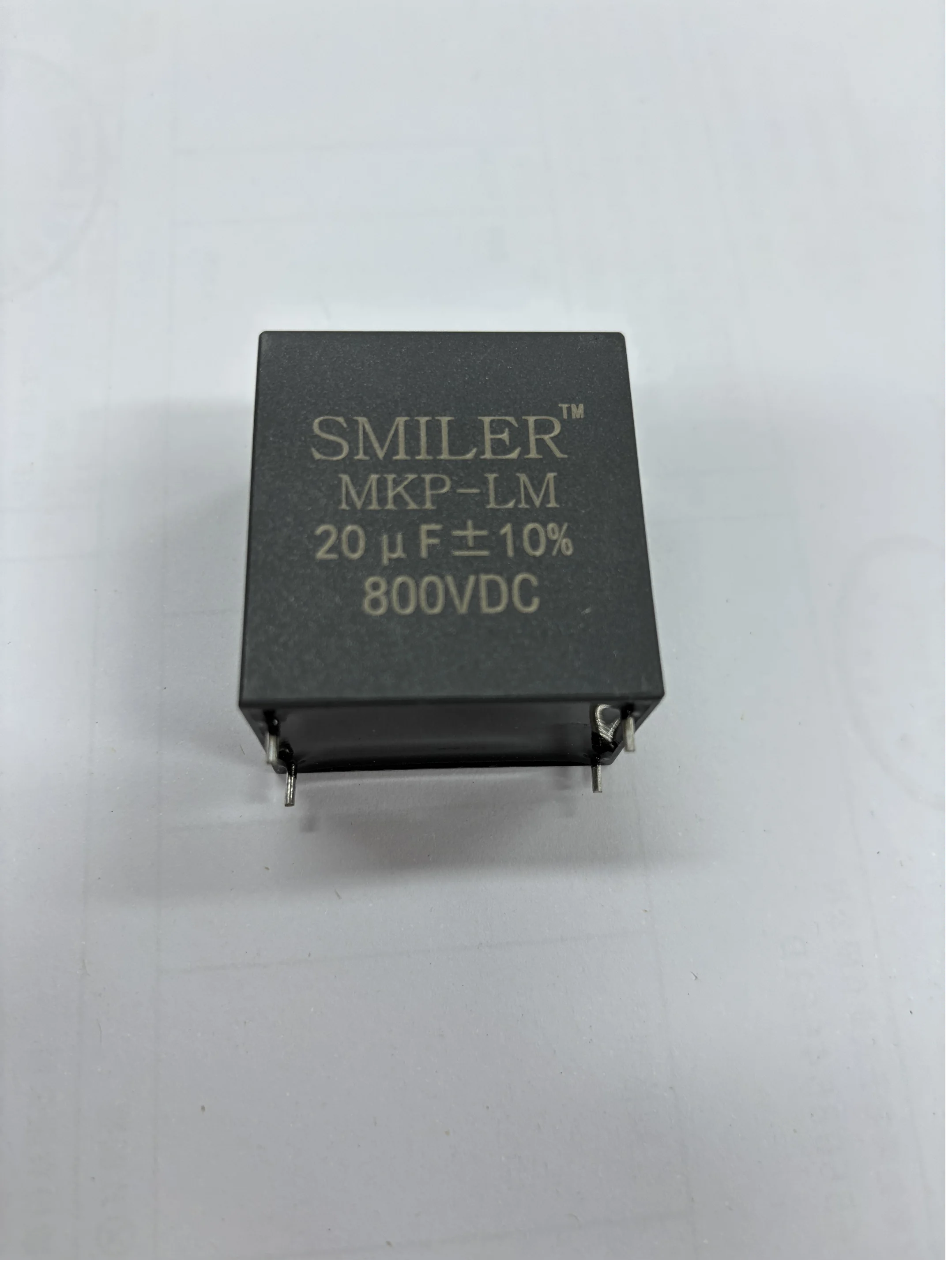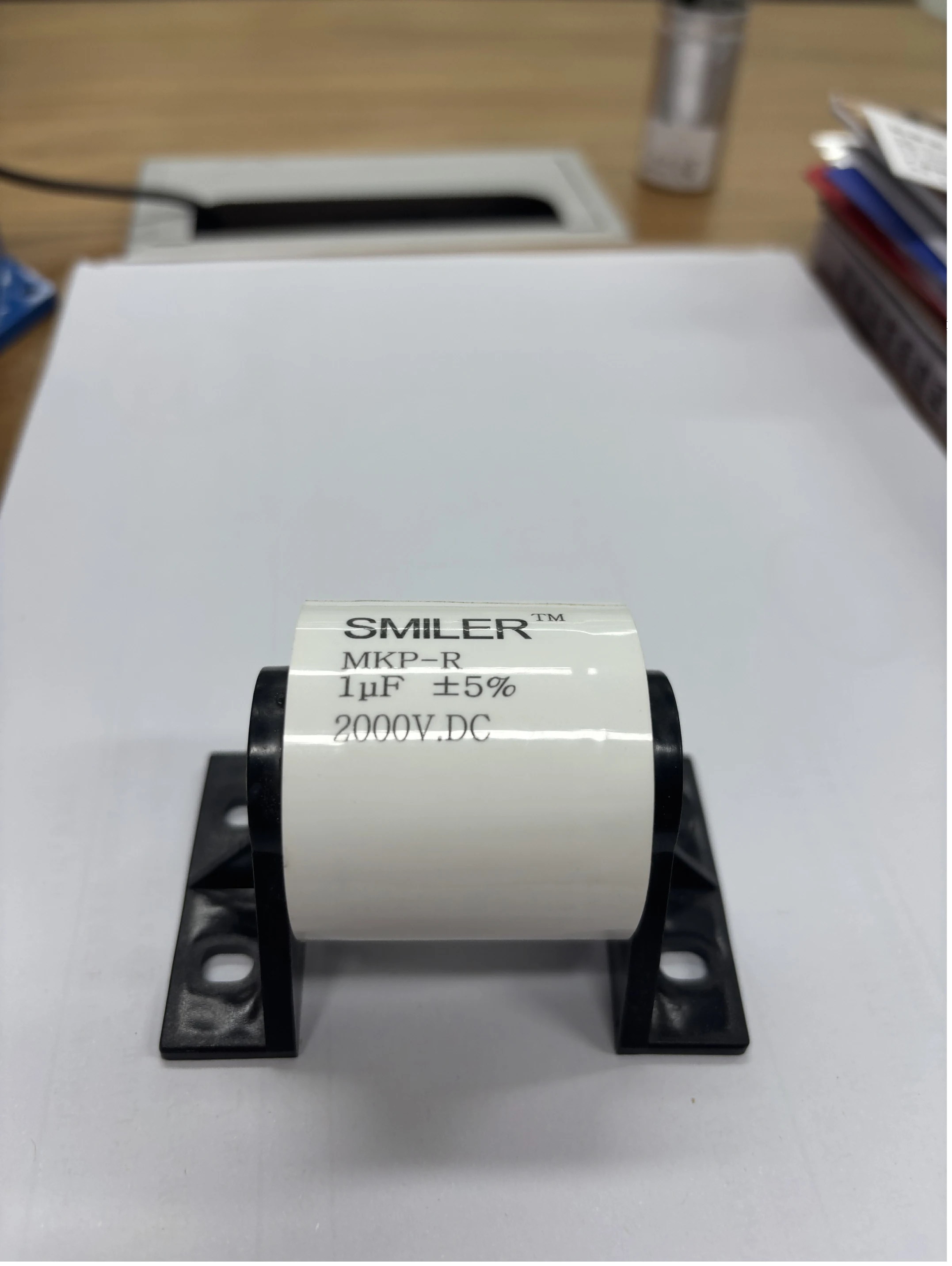With the world making efforts for 2050 carbon neutrality, solar power is coming into focus in green energy initiatives. Transition from fossil fuels to energy sources like solar, wind, hydro, or biomass is a crucial part of keeping our world alive. Distributed solar inverters are right at the center of this transition. Unlike conventional centralized setups that utilize one large inverter for a whole array of solar panels, these work at the panel or small cluster level. This setup renders systems flexible, more resistant to failures, and better at squeezing out every last bit of power, even when conditions are changing.
Distributed solar inverters transform the photovoltaic (PV) panel-produced direct current (DC) into alternating current (AC) consumable by the grid. They phase with the grid's voltage and frequency as well, so power keeps flowing uninterrupted. Distributed solar inverters are filled with clever technology to help with grid functions like holding a voltage or responding to a change in frequency.
Distributed solar systems face some tricky hurdles. Handling two-way power flow and keeping the grid steady when generation or demand swings is tough. Lots of solar power can stir up issues like harmonics, voltage dips, or reactive power imbalances. These can mess up low and medium-voltage networks if not handled right.
Capacitors are key pieces in inverter designs, keeping voltage levels steady. For example, DC link capacitors like SMILER's DC Link MKP-LM Series smooth out DC filtering in the circuit. With capacitance from 1μF to 170μF and voltages between 450Vdc and 1200Vdc, these capacitors hold the DC bus steady, even when loads shift fast or glitches hit.

How Do Capacitors Improve Power Quality and Reduce Harmonics?
Capacitors are vital for output filter circuits that clean up harmonic distortion before AC power hits the grid. SMILER's MKP-AM Series AC filter capacitors, rated from 160Vac to 450Vac, are built for this job. They cut down high-frequency noise from inverter switching, helping meet strict grid rules. Capacitive filtering protects delicate equipment and keeps distributed systems from dragging down grid performance.
Managing reactive power is crucial for steady voltage across distribution lines. Capacitors offer a budget-friendly way to handle static VAR compensation in inverters, especially with changing load patterns.
Rolling clouds or sudden drops in sunlight can affect PV performance, causing voltage fluctuations on the DC side. Without strong buffering devices like capacitors, these fluctuations could disrupt MPPT (Maximum Power Point Tracking) efficiency or even shut down the system.
Voltage dips from grid faults can ripple through distributed systems if not caught early. Capacitor banks step in, offering short-term energy storage to bridge these gaps.
High capacitance film capacitors, like SMILER's MPK-R Series Snubber Capacitors up to a 2000Vdc rating, shield IGBT modules against switching surges. From a value of 0.033μF to 3.0μF, they snuff out voltage spikes that would incinerate semiconductor switches due to instant load switching.

Constant heat can wear down capacitors fast, breaking down their dielectric materials. In solar setups, where enclosures can get toasty—especially in tight spaces—picking heat-tough components is a big deal.
SMILER's metallized polypropylene film tech stands up to heat thanks to its self-healing tricks and low heat loss. The MKP series uses special encapsulation to shed heat while keeping electrical performance solid, even under constant cycling.
If capacitors wear out, they can mess up harmonic filtering and reactive power accuracy, both under tight watch as more renewables join the grid. Steady capacitors keep power quality high and costs low for generators and users.
Since starting in 2012, SMILER has grown into a top name in high-performance film capacitors for new energy, especially photovoltaics. In 2021, our industrial capacitors hit the new energy market. Named a National High-Tech Enterprise in 2020 and holding ISO9001:2005 certification, SMILER delivers reliability in tough settings.
SMILER's MKP-LM Series capacitors use enhanced foil designs to handle big ripple currents without getting hot—a must for fluctuating PV output.
Low ESR cuts internal heat, boosting efficiency and lifespan. This feature shines in MPK-R snubber models near IGBT modules, keeping things running smoothly and cool.
SMILER's capacitors hold up under humidity, temperature swings, and electrical stress, perfect for renewable setups worldwide. They're used in boosters, DC link, and inverter output filters (LC & LCL).
Distributed solar setups often cram into tight spots like rooftops. SMILER's MKP-AM filter series packs high performance into small sizes, fitting perfectly without skimping on power.
SMILER's capacitors have powered photovoltaic storage systems across East China since our branch opened there in May 2020. From home rooftops to big industrial ESS projects, our tech keeps things reliable as electrification grows.
Q: What is a distributed solar inverter?
A: It converts DC from individual PV panels into AC at local points, not a central unit, boosting efficiency and fault protection.
Q: Why do solar inverters need capacitors?
A: They provide steady voltage, filter harmonics, manage reactive power, and protect delicate parts in inverter circuits.
Q: Can rapid weather changes damage my solar system?
A: Sudden sunlight drops can cause voltage wobbles, but quality capacitors like SMILER's keep things stable.
Q: What type of capacitor is best suited for IGBT protection?
A: Snubber capacitors like SMILER's MPK-R Series are top picks, with fast response and spike suppression.
Q: How long do film capacitors last in solar applications?
A: With good heat management and materials like SMILER's, they can last over 100,000 hours, even in tough conditions.